Tags: Freshkills wildlife
Winter Birding at Freshkills
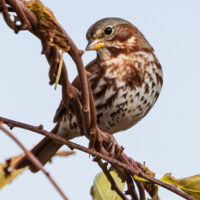
The trees are bare and snow flurries have started, signs that the heart of winter is approaching. As we brace for frigid temperatures and layers upon layers of clothes, it is hard to imagine this weather could be favorable for wildlife.
...MOREInsectageddon & Environmental Health
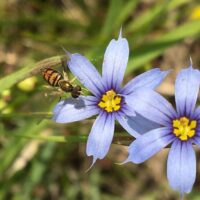
September 26th was World Environmental Health Day. The health of the environment is dependent on rich biodiversity, from the oceans to the forests to the grasslands. Freshkills Park is an active reclaimed grassland environment that is home to a wide variety of birds, fish, mammals, and insects.
...MORECliff Swallows Confirmed Nesting on Staten Island for the First Time Since 1880, at Freshkills Park
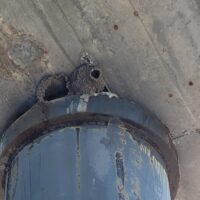
Highlights:
- Seven Cliff Swallow nests were found at Freshkills Park in 2020, confirming that this species has at least recently attempted to breed there, the first on Staten Island since 1880
- In June 2021, two active Cliff Swallow nests were found at Freshkills Park
- Cliff Swallows are currently re-establishing themselves in the New York City area, and are now breeding in four out of five boroughs (excluding Manhattan)
Cliff Swallows (Petrochelidon pyrrhonota) are gregarious, fast moving birds that—with keen eyes and a stroke of luck—can be seen picking insects out of the air.
...MOREIt’s Weird Duck Time: Meet the Freshkills Quack-pack
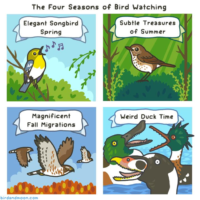
As the colorful warblers, flycatchers, and tanagers move south to escape the blustery winters of the northeast, the first few weeks of fall bring a rush of cool air and changing leaves. However, this change of season also brings in some very unusual waterfowl to our area.
...MORESparrow Travelers of Freshkills Park
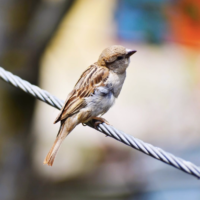
Did you know that there are over 35 species of sparrows throughout North America? About a third of the species are fairly common throughout the continent. The most common and easily recognized sparrow is the House Sparrow. They are native to Eurasia and northern Africa and were introduced into Central Park in 1850.
...MOREMothing With Artist Ash Ferlito

Moth Painting is a time-based painting-photography hybrid that serves as a visual record of the moth and insect population of Freshkills Park. Artist Ash Ferlito suspended a large sheet from a plastic framework and then shined UV light on the material to attract insects on the panel to document them.
...MORE



